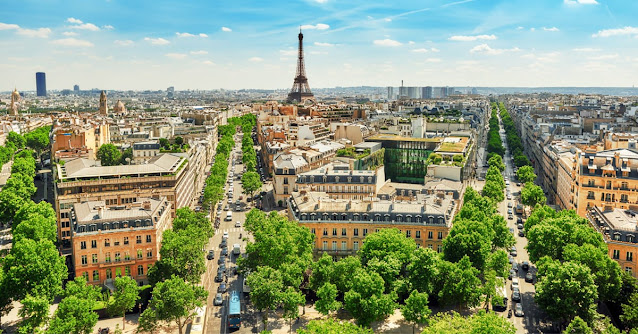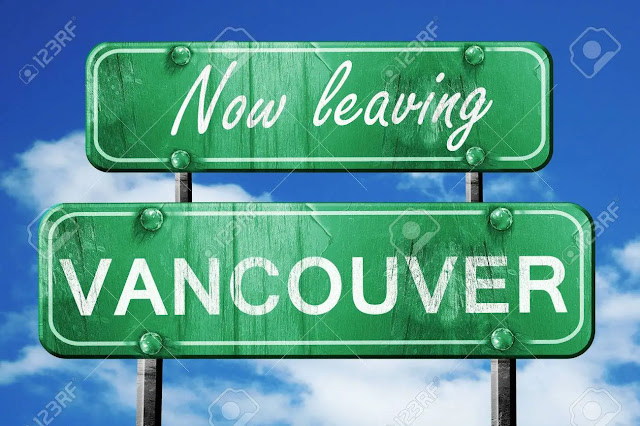There were two surprises for most B.C. homeowners as the year began; yet more snowfall after already enjoying a white Xmas, and a dramatic increase in their property value. In Vancouver itself the increase in property values was between 7-16% on average depending on whether you owned a condo or a house but as you moved out to the suburbs the increase was much more dramatic with 12-26% in Coquitlam, 18-34% in Surrey, 23-37% in Maple Ridge, 21-38% in Abbotsford and 40% in Chilliwack. Leaving the lower mainland it got even crazier with increases on the Island between 22-47%, in the Thompson Okanagan it was 17-42%, in the Kootenays it was 17-53% and in the North it was 6-58%.
The increase in property values is driven in large part by thousands of people leaving Vancouver for the hinterland to avoid the congestion and high prices but to also take advantage of being able to work from home. But is the grass really greener on the other side?

This past summer there were forest fires that ravaged the Interior for the 4th or 5th year in a row and many people lost their homes. Added to that was the smoke everyone had to put up with for weeks on end. Then to top things off this was followed by the torrential rains that washed out entire communities and all of the major roads in and out of the Interior.
With the atmospheric rainfall the Province experienced this past autumn, the idea of living anywhere near the lower mainland floodplain around Abbotsford and Chilliwack surely must make a person think twice. The wretched condition of the dikes along the Fraser River isn't going to improve anytime soon and every year there's a chance of flooding with the annual spring run-off.
Yes, the Okanagan with its lakes and vineyards seems to offer an idyllic place to live, especially in summer, but these past summers haven't been without some severe challenges, including a record setting heat wave that claimed hundreds of lives, and in winter it's very cold.
There's a reason people continue flocking to Vancouver, quite a few in fact. Besides all the cultural attractions of a big city (restaurants, sports, theatre, universities) and job opportunities, it is surrounded by ocean and mountains that can be enjoyed year round. It's never too hot or too cold, there's no humidity, and there are no bugs or poisonous snakes. Vancouver also has plenty of water, unlike the Sunshine Coast or Vancouver Island that experienced a Level 4 Drought this past summer.

But while Vancouver is an attractive place to live it unfortunately hasn't been very good at providing affordable housing for people wanting to move here. Thanks to zoning that hasn't moved with the times most of the city is still single family dwellings so, with the exception of downtown, there is no way to increase the density and no place for new residents to live. As a result, most of the population growth has been in the suburbs where, over the past 25 years, more than 80% of the million people who have come to the Lower Mainland, have settled.
This has resulted in horrendous traffic jams that have now made Vancouver the most congested city in Canada and the worst in North America, even edging out Los Angeles. This urban sprawl eats up farmland, hillsides and forests and robs residents of the recreational opportunities these areas could have offered while putting even more pressure on existing parks and waterfront.
Metro Vancouver sub-region map: Yellow – North Shore; Red – Burrard Peninsula; Green – South of Fraser West; Blue – South of Fraser East; Purple – Tri-Cities; Orange – North East. (Metro Vancouver Regional District)
Over the next 25 years Metro Vancouver is projected to add another million people, an average of 35,000 people a year. Over 400,000 will be settled south of the Fraser River but the Burrard Peninsula will still add 340,000 residents. How the regional land use and transportation planning proceeds will determine if this growth will make for a more livable lower mainland or add to the unpleasantness.

But maybe there is another way of handling population growth and making a more livable city and for inspiration we can look at Paris. Both cities are roughly the same size, 100 square kilometres within city limits, but Paris has a population density of 20,300 per square kilometre vs. 5,400 for Vancouver. While Vancouver may have the highest density of any city in Canada it's only a quarter of what exists in Paris and they do it without high-rises. Instead, Paris has a more or less uniform building height of mid-rise apartments spread across the entire city, and there are no single family dwellings. They also have an excellent subway system to move people around.

To further improve on what is already one of the most attractive and desirable cities in the world the mayor has articulated a new vision for Paris called the 15 minute city. This means creating self-sufficient communities within each neighbourhood where essential services like grocery stores, schools, health centres, cafes, bakeries, and parks will be just a short stroll or bike-ride away from people's homes. Unlike Metro Vancouver which is focused on urban sprawl that is dependent on cars for getting around, vehicles in Paris will eventually be phased out and bike lanes will be established on every street.

Maybe if Vancouver borrowed a page from the Paris playbook the stress of living here could be reduced and we could have more time to enjoy the beauty and advantages it has to offer. Housing prices would come down to Earth, air pollution would be reduced, and traffic jams would become a thing of the past. Life would be simpler, the environment would thank us, and the lure of going up the country would disappear.












Love this article. So true !
ReplyDelete